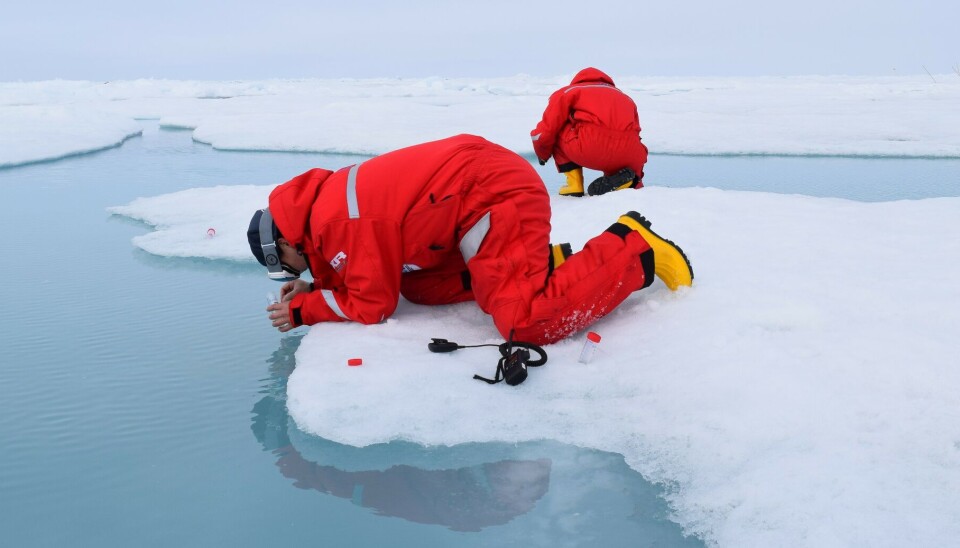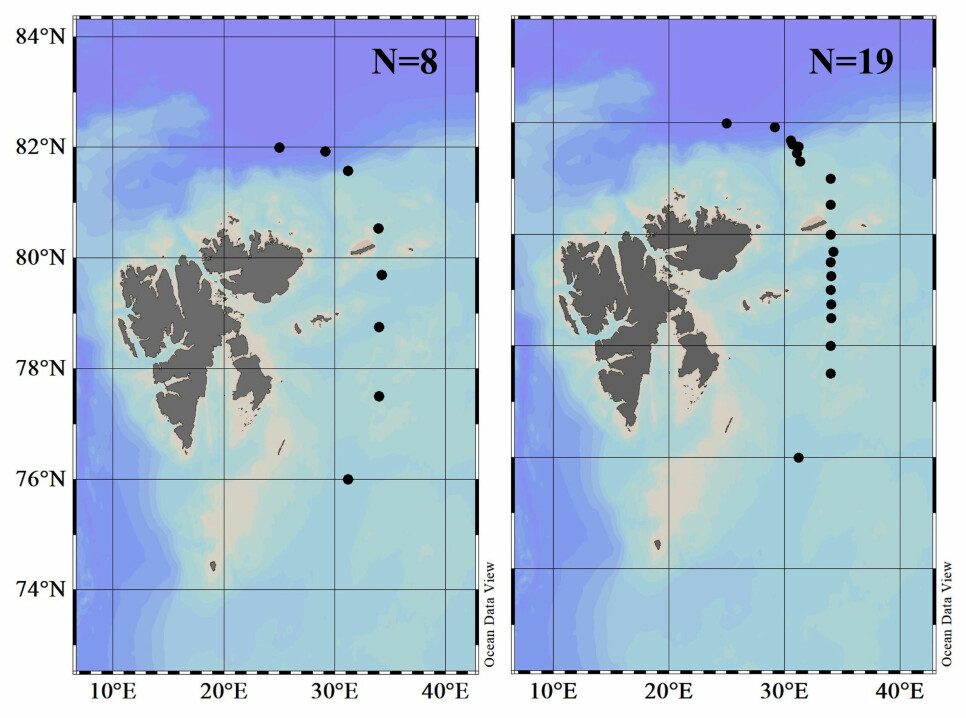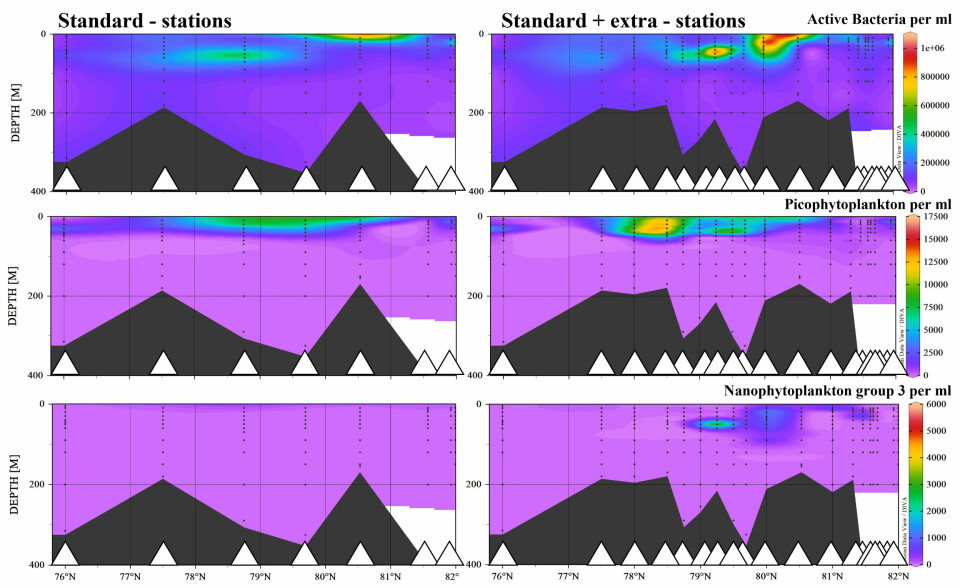
Small pieces and large pictures in Arctic marine science
Arctic marine research is really exciting, and one could make blockbuster movies, or a tv-series based on research expeditions, such as those within the Nansen Legacy project.
The logistics around planning and executing research cruises when going into the sea ice of the Barents Sea are enormous, but probably not that exciting when thinking about film material. However, simple things such as the safe arrival of our samples in Bergen following the completion of a long cruise are very special to us. Still, when aiming to make an Arctic marine science tv-series one should focus on the research cruises and the samples taken.
The different cruises could represent the episodes of the series and the samples that we are taking might well be the characters of the series. I guess everyone agrees that if you want to understand what is going on in the series (the Arctic marine ecosystem) you should not miss out any episodes or only shoot with half of the cast.
A project that combines different disciplines that finds true connections
That is why the Nansen Legacy project is so special. This project combines, for the first time at this scale in Norwegian Arctic marine research, a great variety of different disciplines (all the characters of the series) and a large temporal coverage with cruises at different times of the year over a period of four years (all episodes, and not just the unsuccessful pilot episode). Together this allows us, once all the data is analyzed, to find true connections within the Barents Sea ecosystem, and how it changes over the course of the year, variability between years, and potentially what might happen in a future with less sea ice. This is a series that I would certainly want to watch.
The microbiology team is focusing on the smallest characters among the marine organisms of this series, like virus, bacteria and microalgae. We collect samples to study the differences in abundance and activity of these microorganisms, that build the base of the marine food web. This means changes in their composition, abundance and activity can scale up and affect larger organisms such as zooplankton and fish.
The cruise in July 2021 was our third summer-time cruise and together with the two other summer cruises we will be able to not only identify correlations between critical physical factors, such as sea ice cover and biological activity, but also to connect causation to our observations. In order to do that, we have to be sure that our observations are as complete as possible. To aid that mission, we increased our sampling efforts of some parameters that can provide information regarding abundance of the microorganisms.
In two of the three summer cruises, we increased the number of sampling stations where we collected samples for microbial abundance measurements, from 8 to 19 (Figure 1). First results from the summer cruise in 2019, as seen in Figure 2, show that by increasing the sampling frequency we were able to capture small events of high abundance (microbial hot spots), as well as peak abundances that were twice as high as values collected at the standard stations.
This indicates a much more complex system with high spatial variability. While it requires a lot of motivation to take these additional samples in the first place, it requires even more during time consuming lab analysis. However, these first results strongly indicate that it is worthwhile investing this extra effort, in our quest of understanding better the underlying reasons for differences in microbial activity and their impact on and interactions with the larger members of the Barents Sea ecosystem.

Figure 1 - Study design matters. Overview maps showing our sampling transect in the Barents Sea. The black dots indicate our standard stations on the left and together with the additional stations on the right.

Figure 2 - Increased spatial resolution on sampling makes a difference. In this figure you can see differences in abundance of three different groups of microorganisms (from top to bottom: bacteria, small phytoplankton, and an unknown group of larger phytoplankton) over the study transect from South to North (left to right). Both panels show the same transect while on the left side results are extrapolated based on standard stations (8 stations) and the right side based on standard and additional stations (19 stations), white triangles at the bottom mark all the stations.
For both bacteria and picophytoplankton we can easily observe how much more complex the distribution pattern is and some microorganisms (the larger phytoplankton on the lowest images) we would not even be able to detect without the increased sampling strategy. All these different size groups of microplankton feeds different parts of the food web and their abundance affect the growth of larger organism.







